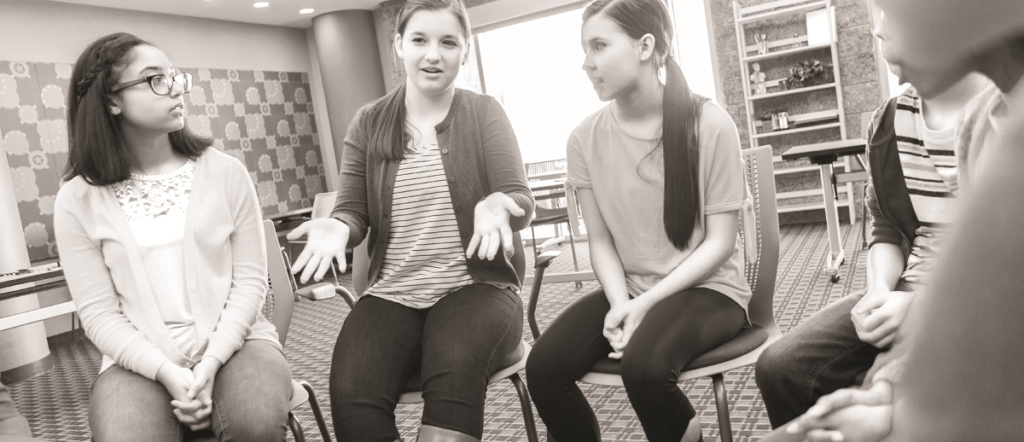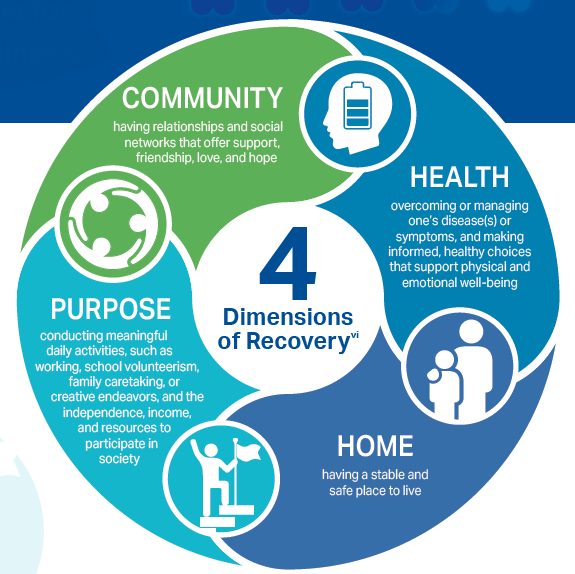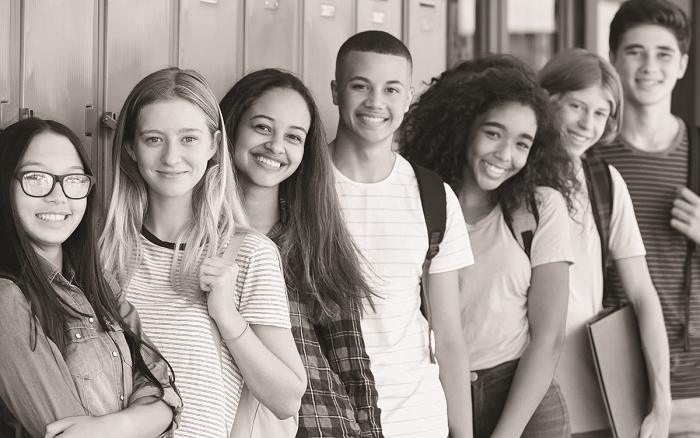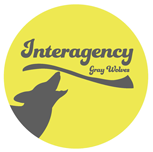Report 1: Why We Need Recovery Schools
Mapping the Need for Washington’s Only Public Recovery High School
This is the first of a series of short reports that share how recovery high schools are an evidence-based approach to supporting high school graduation and abstinence from alcohol and drugs. Recovery schools’ primary goal is to educate students working a recovery program in a sober environment. Staff members typically include substance use counselors, teachers and mental health professionals. i – source
In this brief, we share the case for recovery schools generally and Seattle Public School’s Interagency Recovery School specifically. The Recovery School is the only public school of its kind in Washington. Together these short reports share data and stories showing the value of sober learning spaces tailored for young people in recovery from substance use disorders.

Why We Need Recovery Schools
Both prior to and during the COVID-19 pandemic, young people’s behavioral health has become a pressing concern. During the past two years, students’ experiences of instability, isolation and fear have been documented in multiple studies. The American Academy of Pediatrics, American Academy of Child and Adolescent Psychiatry and Children’s Hospital Association have declared a national emergency in children’s mental health, citing the serious toll of the COVID-19 pandemic on top of existing challenges.
According to the U.S. Surgeon General one in five children reported having a mental, emotional, developmental, or behavioral disorder. ii – source
Mental health and substance use are connected:
- Mental health issues can influence a person’s use of drugs and alcohol.
- Substance use can impact the development of mental illness.
- Risk and protective factors for both conditions can contribute to one another.
- Research suggests that adolescents with substance use disorders also have high rates of co-occurring mental illness. iii – source
Low high school graduation rates for youth impacted by co-occuring disorders underscore the need for recovery schools.
Only one in four Washington State youth with substance use concerns graduated from high school within six years. For youth with co-occurring mental health and substance use needs, that number dropped to 17%. iv – source
Without a high school diploma, individuals are more likely to have poor health and economic outcomes. They are also more commonly involved in the juvenile legal system. v – source
Innovative post-treatment transitions like those offered at the Recovery School are critical to supporting student success.
Washington’s Only Sober Public High School
Seattle Public School’s Recovery Campus provides a singular and important service in King County. Hosted through the Interagency Academy network of specialized campuses across the city of Seattle, the Recovery Campus is the only one of its kind in Washington. The school offers programs and supports to address the Four Dimensions of Recovery: Health, Home, Purpose and Community. vi – source
The Recovery School provides instructional programs for 9th-12th graders and daily sober support groups. It also partners with BRIDGES: Seattle Alternative Peer Group to offer fun and sober activities after school.
History
The school was founded as a partnership between the King County Behavioral Health and Recovery Division of the Department of Community and Human Services (DCHS-BHRD) and Seattle Public Schools in 2014. Concerned about low high school graduation rates in Washington, DCHSBHRD staff visited recovery high schools in Minnesota and Texas and then provided $250,000 in startup funds to launch the school.
Connections
The Recovery School attracts students from a number of referral sources, including peers, counselors, treatment programs and families. As Recovery School staff want to support equity of access to the program, they share the opportunity with incoming alternative school students. They help out-of-district students take the steps to attend the school.
To ensure that the Recovery School is the right place, prospective students visit and participate in an afternoon recovery group co-led by staff and students. These daily meetings build shared accountability among students who support each other in their progress through key milestones of sobriety.
Seth Welch, the school’s lead substance use counselor and social worker is engaged in the National Association of Recovery Schools, serving on the organization’s board and exploring how to prepare the school for accreditation.
4 Dimensions of Recovery
- Community – having relationships and social networks that offer support, friendship, love, and hope
- Health – overcoming or managing one’s disease(s) or symptoms, and making informed, healthy choices that support physical and emotional well-being
- Home – having a stable and safe place to live
- Purpose – conducting meaningful daily activities, such as working, school volunteerism, family caretaking, or creative endeavors, and the independence, income, and resources to participate in society

Students
The majority of the Recovery School students have co-occurring mental health and substance use disorders. Students at the school commit to a program of sobriety during their attendance. While treatment for substance use and a month of sobriety are recommended to students prior to enrollment, staff make exceptions for individuals who are committed to the school’s program. This flexibility reduces barriers that students may experience when seeking treatment.
Afterschool Activities
Abstaining from drugs and alcohol is just the beginning. Engagement in prosocial activities and a supportive peer community are important to successful post-treatment recovery. Many Recovery School students participate in and engage in ongoing treatment outside of school. BRIDGES offers afterschool drop-in and field trip activities, student and parent support groups, and arts programs. As young leaders, Recovery School students develop a sense of self-efficacy and confidence as they create positive change beyond the walls of the school:
“The Recovery High School placed tools in front of me that I would not have found on my own, allowing barriers to be broken and help to be accepted.”
Recovery School student

Funding
Like other similar schools, the Recovery School supplements the Seattle Public Schools budget with multiple grants and funding sources to support students’ needs.
Please see our other short report to learn more about the students who attend Recovery School and their outcomes. You will learn that Recovery School students are more likely than other similar young people to complete high school and build a recovery lifestyle of health, community and purpose.
References
i Association of Recovery Schools Website (no date).
ii Murthy, V. (2022). The Mental Health of Minority and Marginalized Young People: An Opportunity for Action. Public Health Reports, 137(4), 613-616.
American Academy of Pediatrics (2021). AAP, AACAP, CHA declare national emergency in children’s mental health.
iii National Institute on Drug Abuse (2021, April). Common Comorbidities with Substance Use Disorders Research Report: Part 1: The Connection Between Substance Use Disorders and Mental Illness.
iv Kohlenberg, E., Lucenko, B., Mancuso, D., et al. (2013). Behavioral Health Needs and School Success: Youth with Mental Health and Substance Abuse Problems are at Risk for Poor High School Performance. Washington State Department of Social and Health Services.
v Office of Disease Prevention and Health Promotion (no date) Healthy People 2020, Social Determinants of Health: High School Graduation.
vi Substance Abuse and Mental Health Services Administration (2022) Recovery and recovery support.
Suggested Citation: Loeb, H., San Nicolas, O., Wyatt, J. G. & Raya-Carlton, P. (2023). Seattle Public Schools’ Interagency Recovery Campus Brief Series: Mapping the Need for Washington’s Only Public Recovery High School. Renton, WA: Puget Sound Education Service District Strategy, Evaluation and Learning Department and Seattle, WA: King County Department of Community and Human Services, Behavioral Health and Recovery Division.

